We have been here nearly two weeks.
The first thing I noticed was how balmy the air feels here. Humid doesn’t quite describe it. Because the humidity that I have felt in places like San Antonio, or elsewhere, just feel humid. But here, you feel the sea in the air.
We live off-base.
Yes, we have a few American neighbors, but I live in very much a Japanese neighborhood. Nearly every night there is a neighborhood announcement that blares over the public intercom system they have (something that I don’t think exists in the states, & exists here primarily, I think as a warning system for tsunamis, typhoons, etc.).
Though I worked very hard & learning as much Japanese as I could before we came (including both of their syllabaries–hiragana & katakana), it became obvious just how little I know the language when I was at the airport in Toyko trying to communicate with an elderly gentleman who worked for ANA (a Japanese commercial airline) & got virtually nowhere.
For some reason, then & since, when I try to speak Japanese, Spanish (which I am somewhat fluent), not Japanese, always comes to mind. It’s frustrating to not speak the language. But some people speak English. I had to call our electric company yesterday & used enough Japanese to let them know I needed to speak with someone who spoke English & was connected to a native who spoke English with a British accent–totally unexpected, & quite lovely.
The other day, after Salem & I went to Nitori (the Japanese version of IKEA, but way better), we were driving back when she said,
“Mom, I’m glad we live off base.”
My interest was piqued. I was dying to know why she was glad we lived off base. She is, after all, only 4 years old, & to make such a declarative, specific statement warrants some further prodding.
“Oh really? Why?”
“Because that way we can see lots more Japanese people.”
She’s right.
We are able to experience much more of the culture & people here, than we would if we lived in the little America that is base living.
I love living where we do.
We are nestled amongst the natives. We live about 1 minute (walking) from the seawall.
Walking through our neighborhood, there are little Japanese shops, restaurants & schools.
Houses have very small yards, but Okinawans know how to grow things in little spaces. They cultivate beautiful gardens from pots & on land no bigger than most peoples garages back in the states.
The people here are, from an American perspective, quiet, respectful & polite (perhaps uberly so).
There are many little culture things which I am learning. Like you never directly hand your credit card to a cashier–you should put it in a tray & then they will pick it up from there.
They also value cleanliness–their respectful customs spill over into all matters sanitary.
Toilets & bathrooms here add a whole other dimension to personal hygiene. One of the first bathrooms I visited was in a restaurant. The toilet was not just a toilet, it was a high-tech, amped up version of what you & I know to be a toilet. There were dozens buttons all along the side of the toilet (all written in Japanese characters, of course), which I’m still not quite sure their purpose.
The single toilet bathroom was stocked with wipes (to wipe the toilet bowl before using, of course), soaps, cloths, & other items for making sure you never had to come in direct contact with even one germ.
(I thought maybe this was unique bathroom, but all other off-base bathrooms/toilets I have visited are similar in style & approach.)
Grocery shopping has been an eye opener.
Joseph & I went shopping at the neighborhood grocery store, about a half mile from our house, & loved seeing how completely different EVERYTHING, I mean everything, is.
First off, everything is smaller than what we’re used to in the states. And of course I should acknowledge that I do realize that my Costco habit has conditioned me to buy in bulk, but I digress.
The produce section, unlike in America, is filled with for the most part just local, seasonal stuff. No blueberries, kale, or romaine lettuce here. Lots of of greens I have never before seen. Bunches of green onions that are several feet long. Daikon that is as big & long as my arm.
There are aisles filled with dozens & dozens of varieties of seaweed; vinegars, oils, & what I can only imagine are varieties of soy sauce; & even more aisles filled with rice, noodles, & soups. They stock almond & soy milk (not as specialty health foods, but as mainstream items) as well as a whole section devoted to tofu. The dairy section is pretty non-existent. The meat section consists of mostly stuff from the sea (ie. no hot dogs, salami, or ground beef that I could see). It’s easy to see why the Japanese are so slim–they eat less(!) & sugar (even fruit, to some extent) is a rarity.
I have yet to go to a farmer’s market, of which there are plenty here (I’ve only been here two weeks after all & I’m still swimming in unpacked boxes), but hope to make the farmer’s markets a regular part of my grocery shopping.
We have been to the beach several times (it’s only a few minutes away), & we go to the seawall daily.
The seawall is pretty much like a wide walking/biking path that runs along the ocean. There are steps that go down into the water where people surf.
Joseph & I went on a date last weekend where we got some cheap, local food ($15 for both of us!), then went night swimming at the beach.
Probably the best thing that has happened yet has been that I found an absolutely delightful Montessori preschool for Salem.
I have been stressing out about this for months (what school to put her in–there are so many here!)–researching all I could online, then talking to people here, & finally visiting a few schools.
The school is within walking distance from our house (about 10 minutes). It’s a small intimate school that is exactly what I have been looking for, & it gives me so much relief to know that Salem is excited to go, to learn, & will be in very good, loving hands. The teachers speak English, but the children learn Japanese from a Japanese teacher a few days a week.
[Also, side note, preschool is quite a bit cheaper here. For 5 x’s a week, half days (4 hours), the cost is $320, which is about half, or more than half the price of what Montessori preschool tuition costs in the states.]
The kids will go to a music school for piano lessons once a week, which are also very reasonable priced ($150 for all three of them). The school is within walking distance as well–just a stroll down the sea wall about a half a mile.
There is so much more I could tell you about this little island in the East China sea. But there will be time for that later.
Right now, I have the huge task of setting my house in order (shall I give you a tour of my delightful little Japanese home once we’re settled in?) & establishing much needed routine & normalcy once again to our family life.
I can’t wait to share more (I share more stuff on facebook, so follow me there, if you’d like to stay in touch in between posts) & I know I’m way over due for some recipe & debt-update posts (I’m sure you’re wondering how our kid’s activities will fit into our get-out-of-debt plan, I will tell you), but for now, know that I am thinking of you, & hope you are enjoying the last days of summer (for my northern-hemisphere friends).
♥
P.S. If you have sent me an email in the last month or so & I haven’t responded–I’m sorry! Life will settle down in the coming weeks & I will do my best to respond to emails. Thanks for your patience & understanding!!
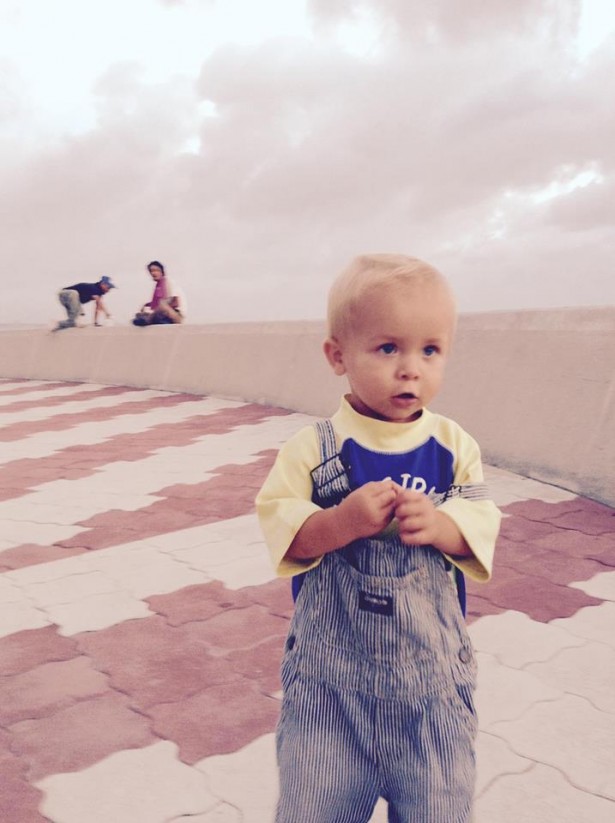
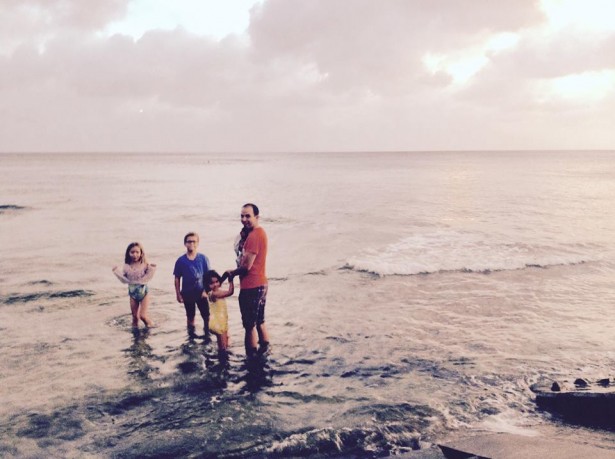
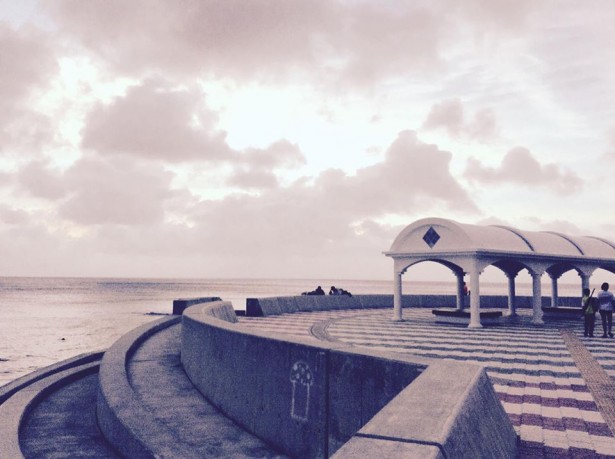
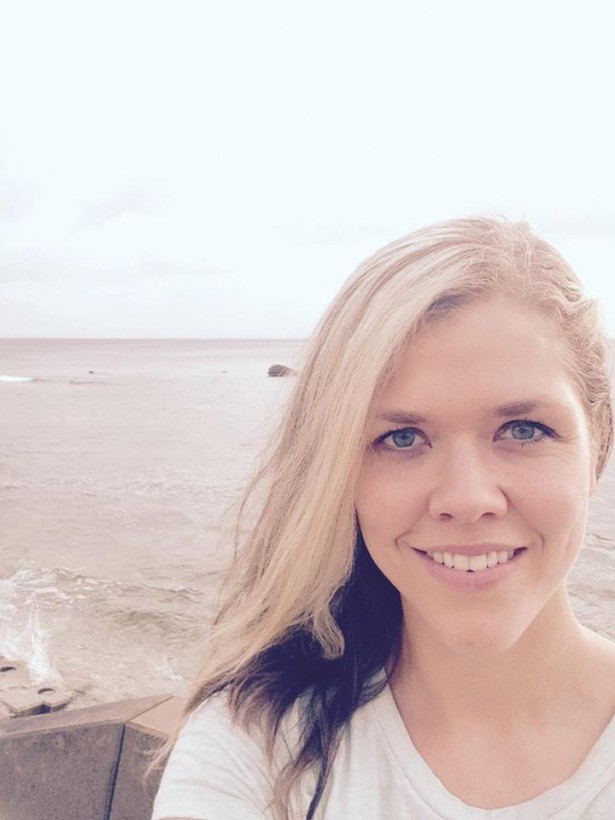
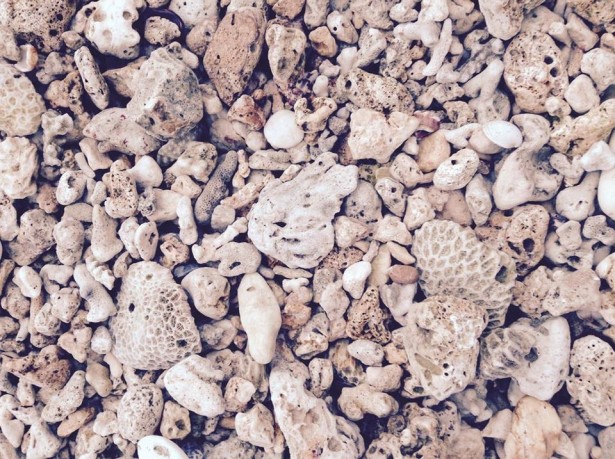
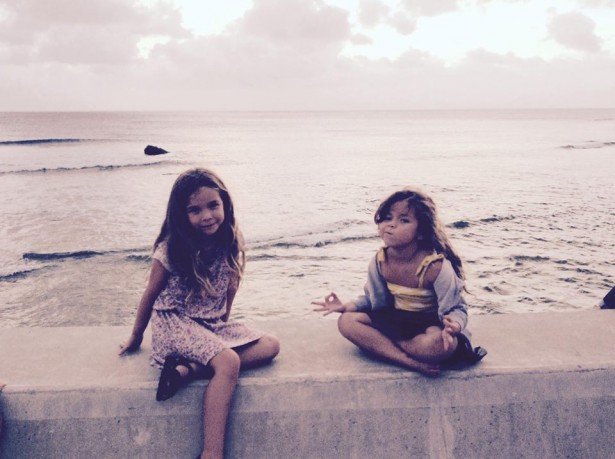

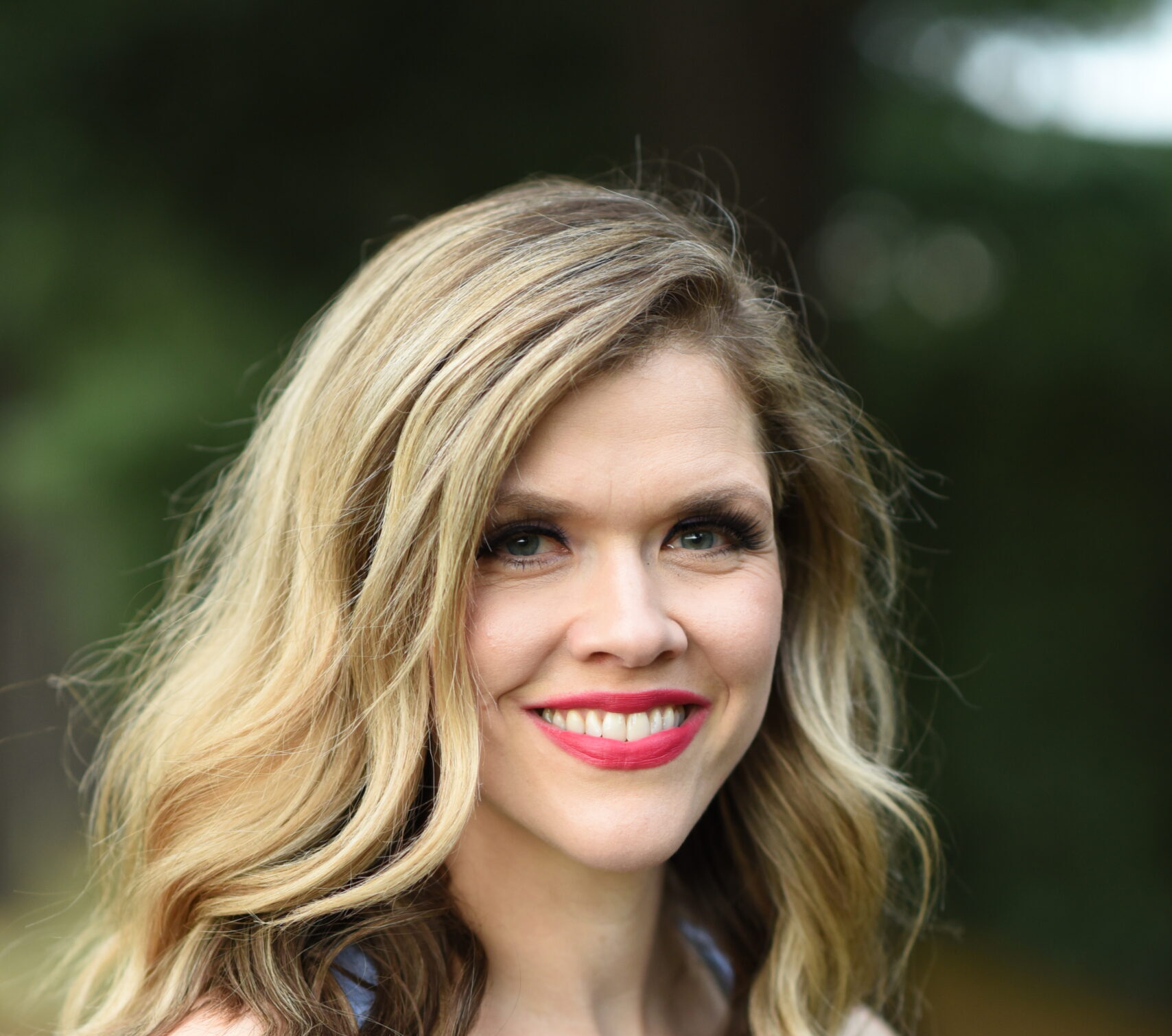

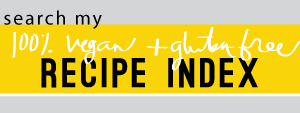
Comments